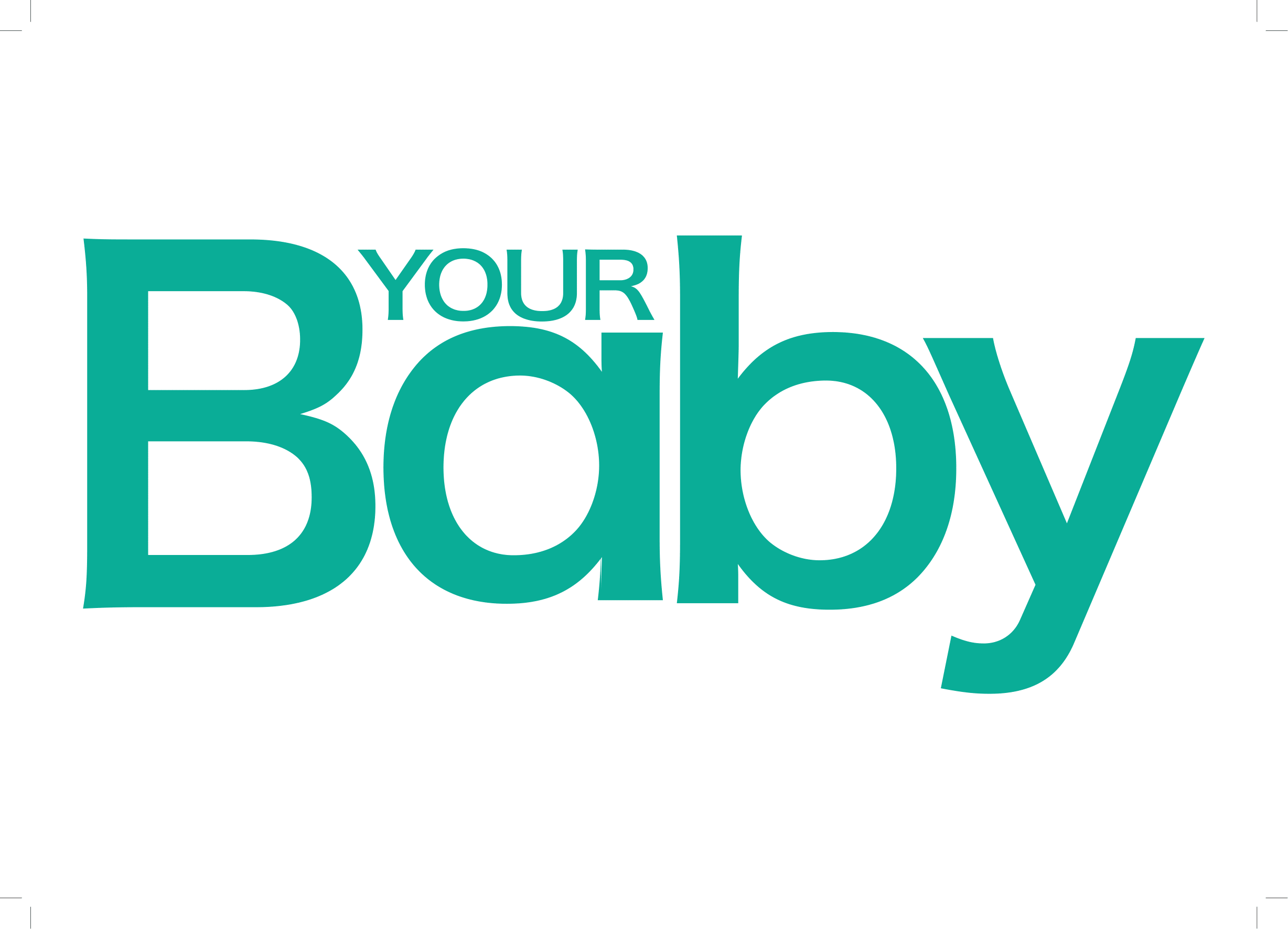
A t birth, your baby’s skin tells a story. A full term baby’s skin feels soft and firm, while a premature baby is wrinkled as though he still has to grow into it! At 12 weeks in utero, your unborn baby’s skin is covered with fine hair called lanugo, and by 20 weeks it has taken root on the head and eyebrows and your baby’s sebaceous glands (these secrete special oils to soften and lubricate the hair and skin) produce vernix. This “natural Vaseline”protects baby’s skin and lubricates it in preparation for the birth.
During the first year
In the first six weeks, your baby is adapting to surviving independently and living in air. While the heart and lungs have to do this almost immediately, the skin – being the biggest organ of the body –continually adapts and constantly changes as your baby grows. Taking care of your baby’s skin right now will benefit him for life.
Common newborn skin issues include small white spots (calledmilia) over the nose, chin and cheeks, caused by blocked sebaceous glands. This also causes infantile acne. Sometimes these pimples can look really nasty with a yellow head called erythema toxicum. This harmless rash occurs in 30 to 70 percent of newborns (usually on the second and third day) and disappears without treatment. Don’t try to pop any of these – they will clear up.
Mothers are often more concerned by birthmarks, moles and blotches and whether these will go away or not. Strawberry marks, port-wine stains (to some degree and with medical intervention), stork bites (the red marks caused by pressure in the womb) and Mongolian spots all fade in time during early childhood. Permanent birthmarks are those that contain (or totally lack) skin colouring pigment cells called melanin. For the best advice, take your baby to a dermatologist to see what is harmful and what is not. Most of these marks are absolutely harmless and fade with time.
What to look out for
When your baby’s skin breaks out in a rash, it could be something simple like heat rash, but if the rash is accompanied with a fever, it should be seen by a doctor. Any rash that breaks out after a fever could be caused by a virus. If your baby shows complications when the rash appears, see the doctor. Other rashes could be caused by viral, bacterial or fungal infections and should also be seen by a doctor. An allergy rash does not cause a fever, but you will need to consult a specialist to determine the cause.
Protect baby's skin for life
Your baby's skin is very different to your own and needs special protection.
- The outer layer is called the dermis and is 20 to 30 percent thinner so it's more easily damaged.
- Your baby's immune system is still developing and the skin is more vulnerable to infections.
- Your baby's skin is developing layers, organising nerves, blood vessels and sebaceous glands (especially in the first four months) and is learning to cope with temperature changes. Babies don't sweat or get goose bumps so don't over- or under-dress him.
- Baby's skin contains higher quantities of lipids that are made by zealous sebaceous glands, making it easier for fat-soluble cream to pass through. Many creams contain perfume, irritants and even toxins that are harmful for babies. Always read the label before using any substance on your baby's skin. Regular sun protection creams should not be used on babies- only use specially formulated creams.




 Publications
Publications
 Partners
Partners














